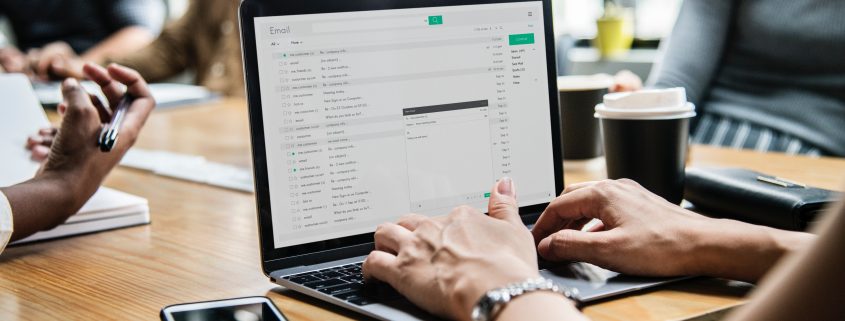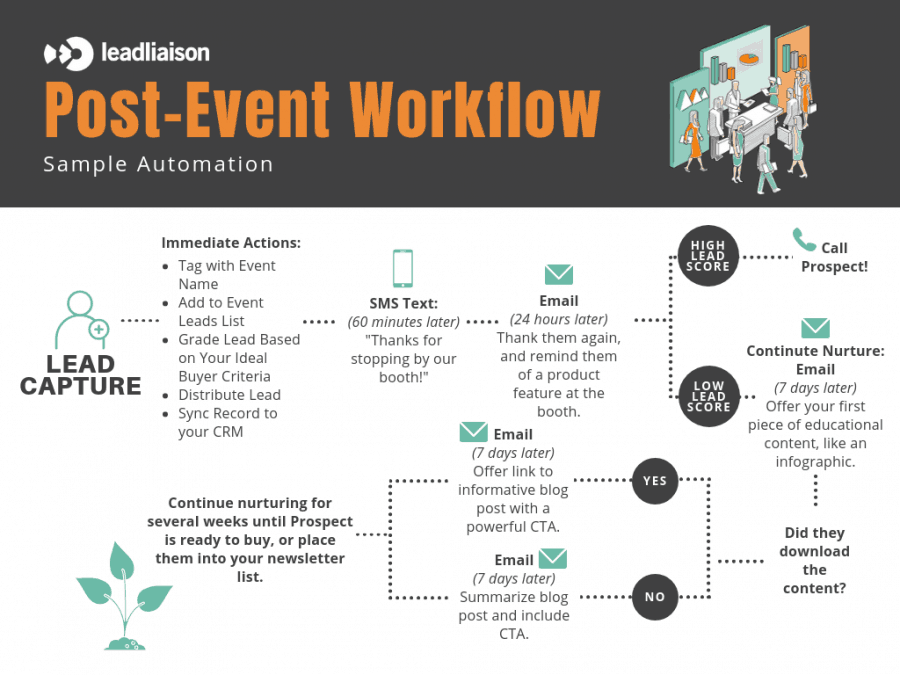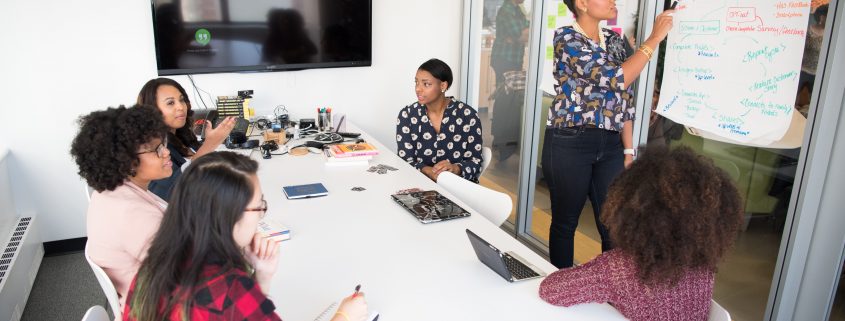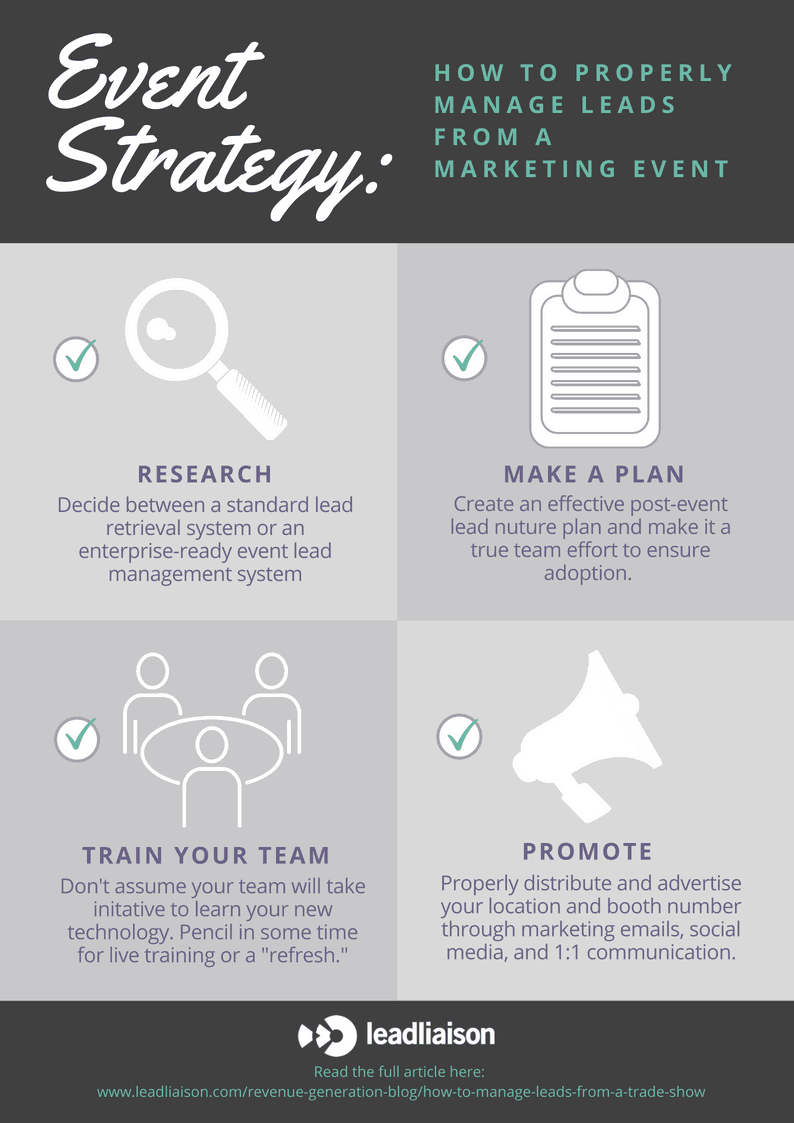40 Event Marketing Statistics
Want the executive summary? Download the infographic here.
To access our Event Lead Management Kit, which includes this resource, click here.
Business is changing at the speed of light. As marketers, it seems like every time we feel like we’ve mastered a new strategy, a new one emerges. Advances in modern technology drive marketing organizations at a fast pace. But, just because more and more people are adopting new technology, it doesn’t mean that one-to-one contact is gone. In fact, most of the technology that we create is intended to give businesses the opportunity to automate administrative tasks to make room for more person-to-person contact.
Marketing events are a great way to engage in one-to-one contact. Multi-day conferences, trade shows, conventions, seminars, thought-leadership workshops…these are all great examples of event marketing. They give businesses the chance to interact with consumers who are already 10 steps closer to purchasing, just by the simple fact that they are at the event in the first place.
Perhaps you are trying to decide if your business should invest in event marketing. Maybe you have already started exhibiting at events and you just want to learn more about them. Or perhaps you are a seasoned exhibitor who’s just looking for a few good stats. Either way, you are in luck! We have rounded up 40 important statistics that help shed light on event marketing for business-to-business (B2B) companies.
Why do Companies Invest in Event Marketing?
- 63% of marketers use tradeshows as a form of lead generation (source)
- 79% of US marketers actually generate sales using event marketing (source)
- 81% оf trаdе ѕhоw attendees hаvе buуіng аuthоrіtу (source)
- 77% of marketers use experiential marketing as a vital part of a brand’s advertising strategies (source)
- 52% of business leaders say event marketing drives more ROI than any other marketing channel (source)
- 48% of event attendees say face-to-face interactions are more valuable today than two years ago (source)
- It takes an average of 4.5 calls to close a sale without an exhibition lead, and only 3.5 sales calls to close a sale with a lead from an exhibition (source)
- 73% of B2B marketers say events are better than other tactics for customer engagement (source)
- The three most commonly used B2B lead generation strategies are email marketing (78%), event marketing (73%), and content marketing (67%) (source)
Strategies
Businesses around the world are investing in marketing events. Here’s how those strategies are affecting budgets and goals.
- Annually, companies spend about $24 billion on exhibiting at events (source)
- The top three event marketing goals are to increase sales (83%), increase brand awareness (73%), and to enhance product knowledge (53%) (source)
- Events occupy 14% of budgets, which is the largest share of B2B marketers’ budgets. (source)
- B2B companies spend 29% of their marketing budgets on events, on average, versus 19% for B2C companies (source)
- 91% of event professionals stated that increasing engagement at their events was an important priority for their organization (source)
Event Lead Management
Managing the leads from your event is only part of a robust event lead management strategy. An event lead management solution should not only assist you in capturing your lead, but also in properly managing the data, enabling you to follow up quickly, and helping you track ROI.
- 17% of respondents still use spreadsheets to store information on their leads. (source)
- Just 6% of marketers believe their company converts trade show leads, contacts and conversations into customer business extremely well, although 27% feel they do so moderately well, and another 41% feel they’re getting better (source)
- 14% of marketers plan to integrate marketing automation with their events and only 7% currently do (source)
- 35-50% of sales go to the vendor that responds first (source)
- The top benefits for event technology adopters are: improved ability to track and measure their events (40%), increased process productivity (31%), and a better attendee experience (30%) (source)
- 76% of marketers say their event and experiential marketing initiatives are integrated with their other marketing campaigns (source)
- 22% of brands do not have a way of measuring their events (source)
- 91% of event planners say that adopting a mobile event app has provided a positive ROI (source)
- The top 5 metrics marketers feel are best for quantifying event value are: new referrals and introductions; quality and quantity of leads; deal closure; value of sales; and upsell and cross-sell opportunities. Yet, only 34% use those 5 metrics to assess trade show and event ROI (source)
Looking into the Future
- The U.S. Bureau of Labor Statistics stated conventions and events are expected to expand by 44% from 2010 to 2020 (source)
- 40% of marketers say they’ll increase spending on hosted events in the year ahead (source)
- Companies are spending on event marketing at a growing rate, with 54% boosting their event activity over the past three years, and only 17% cutting back (source)
- 43% of marketers believe the value of face-to-face interactions will continue to increase over the next 2 years (source)
- 85% of executives say the number of exhibitions will stay the same or increase over the next several years (source)
- 75% of marketers believe that in the upcoming years, live events will become increasingly important to their organization’s success (source)
Conclusion
You get the picture, right? Event marketing holds a significant position in the future of growing businesses. It’s never too early to start mapping out your strategy – whether you are a seasoned event marketer, or you plan on trying it out for the first time. Below is an infographic that summarizes all of these important stats.
Luckily, we have many resources to help companies make the most out of their marketing events. Here are a few we think you might like:
- Decision Guide: Comparing Pros and Cons of Badge Scanners vs Mobile Apps
- Event Strategy: How to Properly Manage Leads from a Marketing Event
- Post-Event Lead Workflow Sample
- Creative Strategies for Your Next Trade Show or Marketing Event
And, to learn more about our enterprise-level Event Lead Management solution, click here.











 Your organization just attended a big marketing event. There was a lot of planning that went into your organzation’s participation at this event. You spent lots of marketing dollars trying to make an impact, and hopefully creating a lot of leads. And it worked! Your onsite representatives collected tons of leads! You probably already know that your event follow-up is important, but did you know just how important it really is? And, how rare it is?!
Your organization just attended a big marketing event. There was a lot of planning that went into your organzation’s participation at this event. You spent lots of marketing dollars trying to make an impact, and hopefully creating a lot of leads. And it worked! Your onsite representatives collected tons of leads! You probably already know that your event follow-up is important, but did you know just how important it really is? And, how rare it is?!
